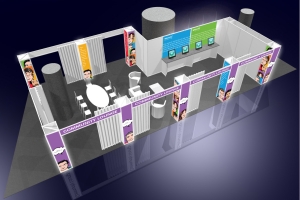With the enormous amount of sessions scheduled at VMworld Europe you are bound to miss out on some of the excellent ones. I browsed through the schedule and decided to write down 6 sessions which you should attend in my opinion, and which I will attend if I can escape the labs:
- Chad Sakac – Sr Director VMware Strategic Alliance EMC – Best Practices to Increase Availability and Throughput for the Future of VMware
- Adam Young – Senior Member Technical Staff – DC08 – vCenter Server for Linux
- Carter Shanklin – Product Manager – TA01 – Managing VMware With PowerShell
- Kit Colbert – Senior Staff Engineer – TA07 – Understanding “Host” and “Guest” Memory Usage and Other Memory Management Concepts
- David Friedlander – Senior Product Manager – Chosing a Solution for vCenter Server Availability(vCenter Server Heartbeat!)
- Scott Baker – vStorage integrations – TA17 – End-to-End Disaster Recovery Approach with Automated SRM Failback
Three of these six sessions contain information on yet to be released products, vCenter on Linux, vCenter Server Availability and vStorage integration and possibly SRM Failback(Just a rumor). The other three sessions are hosted by subject matter experts which I highly respect for their level of expertise and of which I’m certain that it will be mind blowing!
Write them down and don’t miss out on them!

